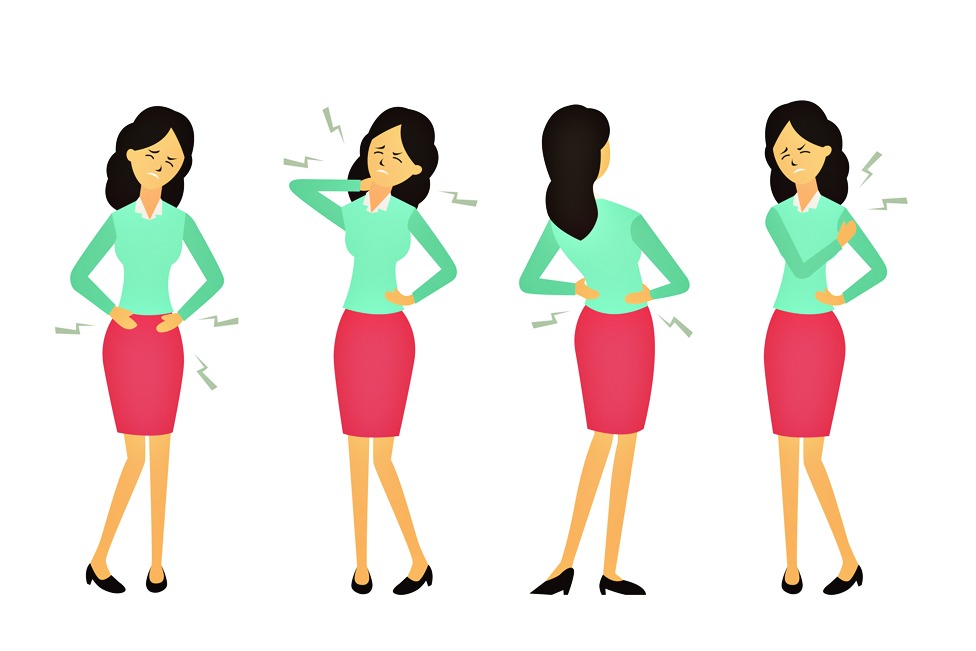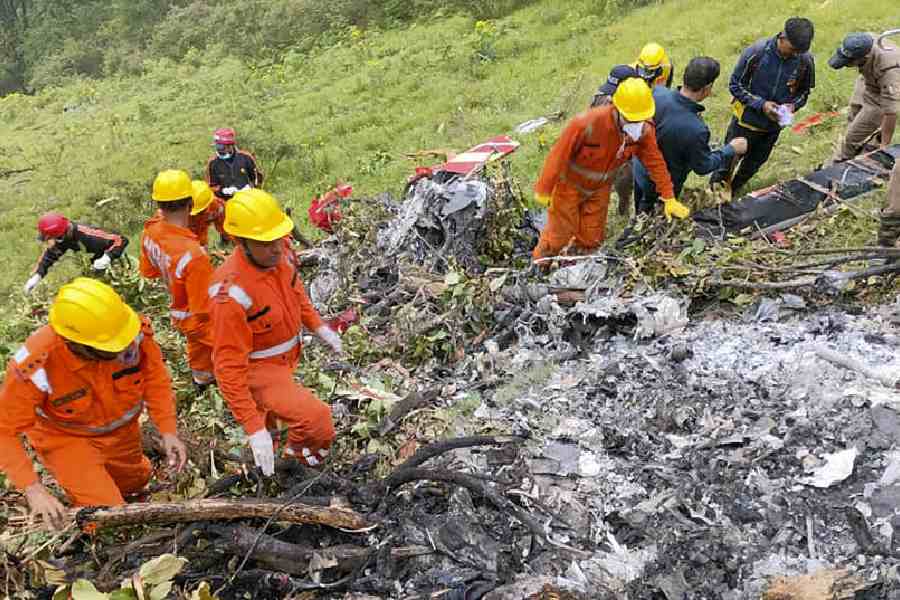Everyone knows the symptoms of arthritis - the pain is either confined to a joint or multiple joints all over the body are affected. There is, however, another spectrum of diseases that cause pain in muscles and joints. The pain of fibromyalgia or costochondritis is not as localised, acute or severe, but it still makes everyday activities difficult.
Fibromyalgia affects all age groups (even children) and both sexes, but is commoner in women over the age of 40. The pain it causes is localised to soft tissue, tendons and muscles; it spares the joints. There is no redness or swelling. The pain is fairly symmetrical and found both above and below the waist in areas such as the shoulder, back and hips. There may be specific trigger points all over the body, pressing which elicits the sharp pain.
Both fibromyalgia and costochondritis can arise suddenly, or be precipitated by an accident, trauma or an acute infection. The onset can be gradual, brought about by hormonal changes (menopause) or thyroid deficiency, vitamin D deficiency or chronic stress.

There may be other symptoms such as abdominal pain, headache, inability to concentrate (a fog like state), urgency and incontinence of urine, irritable bowels and tingling and numbness in the hands and feet. The pain interferes with sleep, so there is chronic fatigue andeventually, depression.
Costochondritis is an inflammatory condition that causes pain in the chest wall, usually the front part where the ribs are attached to the sternum. The attachments of two or three ribs may be affected. This too can occur at any age and is commoner in women than in men. If the pain is on the left side, it can be confused with a heart attack. There may or may not be swelling at the site of the pain. If the tender area is pressed, the pain can be consistently reproduced.
The inflammation may be due to an infection (bacterial, viral, fungal) that affects the specific area. More often though, a viral or bacterial infection that causes a violent cough is what affects these joints. It can also be caused by overuse of the arms during exercises such as running or weight lifting. In children it may be because of the weight of the school bag, particularly if it has faulty straps and positioning. Surgery to the chest can also cause this type of pain. Although costochondritis is an inflammatory process, often no definite infection or cause can be found.
The diagnosis of both fibromyalgia and costochondritis is made clinically. There is really no specific test for these conditions. Blood tests, ECG and X-rays should be done to rule out other causes of the pain, such as heart attacks, infections in the lungs or arthritis.
Both these are chronic diseases. Certain lifestyle changes can help in getting relief from the pain.
♦ Local applications of a capsaicin containing ointment followed by ice or heat.
♦ Stretching with yoga or physiotherapy.
♦ Prolonged rest will aggravate the pain. Low intensity exercise will improve muscle tone. Start with 10 minutes a day and work up to 40 minutes.
♦ Ibuprofen or paracetemol are usually sufficient to relieve the pain. Sometimes a low dose of antidepressant medication may need to be added to alter pain perception pathways.
Both these conditions are self-limiting. Recovery usually does take place with or without treatment over a period of months.
Dr Gita Mathai is a paediatrician and author of Staying Healthy in Modern India. Mail your questions to yourhealthgm@ yahoo.co.in










